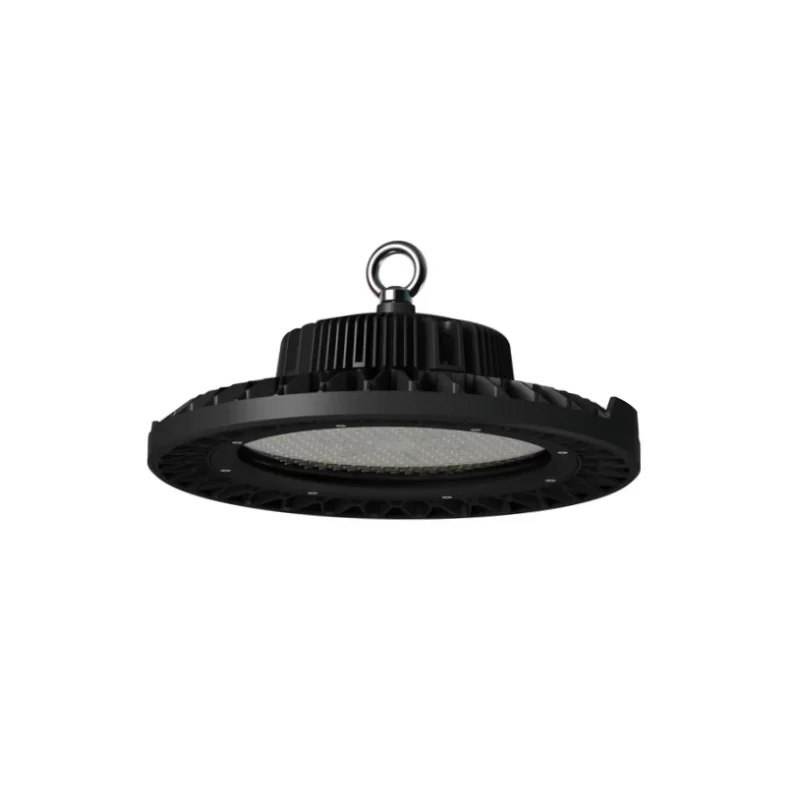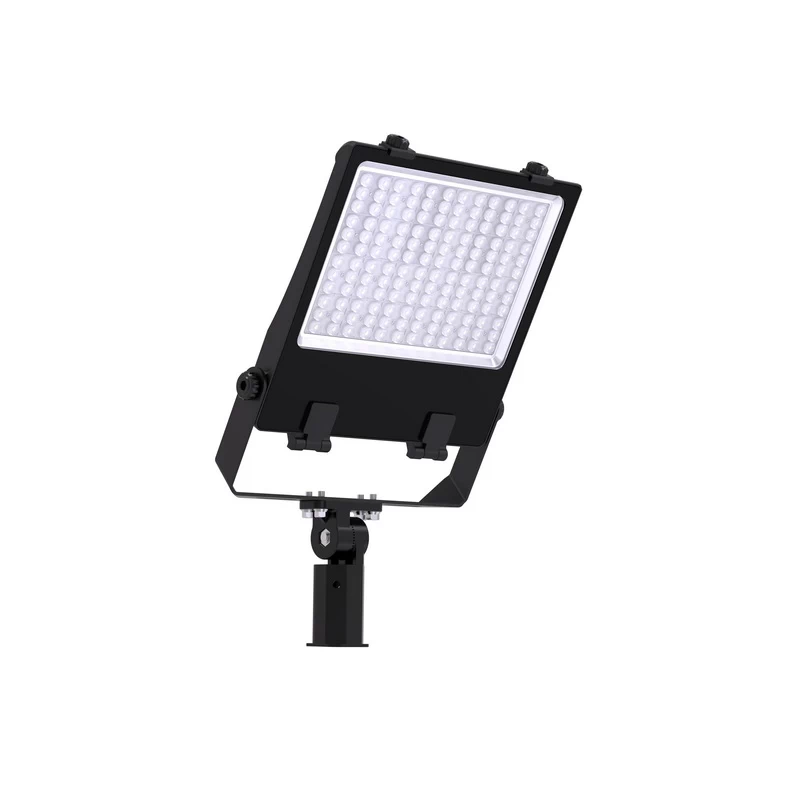Inhaltsübersicht
Umschalten aufDie Bedeutung der Kenntnis von Glühbirnen
Es kann überwältigend sein, sich mit der enormen Vielfalt an Glühbirnenformen, -sockelgrößen, -typen und -codes auseinanderzusetzen. Die Beleuchtungseffizienz und die Ästhetik werden durch diese Nuancen stark beeinflusst, die von der Bestimmung einer Glühbirne des Typs B bis zur Wahl der perfekten Sockelgröße reichen.
In diesem umfassenden Leitfaden wird alles behandelt, von Glühbirnencodes und -typen bis hin zu den besten Möglichkeiten für verschiedene Anwendungen. Erfahren Sie, wie Die Beleuchtungsprodukte von LedRhythm jeden Bereich durch die Verbindung von Effizienz und Innovation zu verändern. Erfahren Sie mehr durch Erkundung weiches Weiß vs. Tageslicht vs. warmes Weiß oder der die Glühbirne erfunden hat.

Glühbirnenform-Typen
Glühbirnenformen: Es gibt viele Arten von Glühbirnen auf der Welt. Die Formen von Glühbirnen werden nach ihrem Verwendungszweck eingeteilt. So zum Beispiel die Typen A, B, C, CA, F, G, R, PS usw.
Codes für die Birnenform: Die Buchstaben stehen in der Regel für die Form der Glühbirne (A, B, C, PAR, MR...), und die Zahlen stehen in der Regel für die Größe (Durchmesser oder Länge, die in Millimetern oder 1/8 Zoll angegeben werden können).
- A-Typ Glühbirne
Die Form: Die klassischste und vielseitigste Glühbirnenform für den Haushalt, die an eine Birne erinnert. - Typ B Glühbirne
Form: Länglich, zylindrisch oder leicht verjüngt, oft mit einer spitzen oder abgerundeten Spitze, um eine Kerze zu simulieren. - Typ C Glühbirne
Form: Stärker gekrümmt als Typ B, mit ausgeprägter Flammenform und meist spitzer Spitze. - G-Typ-Glühbirne
Die Form: Standardmäßig kugelförmig. - R & BR Glühbirnen
Form: R-Typ: Breit an der Basis, schmal am Glasende, mit einem flachen Reflektor und einem breiteren Lichtkegel. BR-Typ: Eine verbesserte Version des R-Typs, mit einer "Ausbuchtung" am Hals und einem tieferen Reflektor, was zu einem konzentrierteren und gleichmäßigeren Lichtstrahl führt. - Typ PS Glühbirne
Form: Ähnlich der Birnenform der A-Typ-Birne, aber die Proportionen können leicht abweichen, manchmal runder oder länger sein.

Im Folgenden sind einige typische Glühlampentypen aufgeführt:
| Form | Beschreibung | Anwendungen |
|---|---|---|
| A-Form | Traditionelle, runde Glühbirnen | Tischlampen, allgemeine Wohnungsbeleuchtung |
| Glühbirnen | Große, kugelförmige Zwiebeln | Frisierspiegel, Zierbeschläge |
| Kandelaber-Glühbirnen | Schlank, torpedoförmig | Kronleuchter, Wandleuchter |
| Reflektor-Glühbirnen | Reflektierende Beschichtung für fokussierte Beleuchtung | Einbaulampen, Strahler |
| Glühbirnen | Lang und schmal | Geräte und Beleuchtung unter Schränken |
Die Abmessungen des Glühbirnensockels beachten
Die Größe des Sockels einer Glühlampe, der sie mit der Leuchte verbindet, ist für die Kompatibilität entscheidend. Unterschiedliche Sockelgrößen müssen für unterschiedliche Lampentypen verwendet werden. Bei der Wahl einer Glühbirne ist es wichtig, die Größe des Sockels zu kennen. Mehr über die Arten von Glühbirnensockeln und Codes.
1. Medium Sockel (Glühbirnensockel Code E26):
Der E26-Sockel ist einer der am weitesten verbreiteten Standards für Glühbirnen in der Welt, insbesondere in Nordamerika, Japan und Teilen Asiens.
Bezeichnung: E26, "E" = Edison-Schraube, "26" = Gewindedurchmesser 26 mm.
E26 ist ein Universalsockel, der an verschiedene Glühlampenformen angepasst werden kann. Dies ist die am häufigsten verwendete Sockelgröße für Leuchten in Haushalten. A19-Glühbirnen und andere gängige Alternativen enthalten ihn. Zum Beispiel:
| Form der Glühbirne | Code | Typische Anwendungen |
|---|---|---|
| A Typ | A19, A21 | Hauptbeleuchtung für Wohn- und Schlafräume |
| BR-Typ | BR30, BR40 | Deckendownlights |
| PAR-Typ | PAR20, PAR38 | Außenscheinwerfer, Bühnenscheinwerfer |

2. Kandelabersockel (E12-Glühbirnen):
Ein kleinerer Sockel, der sich ideal für kleine Leuchten eignet. Er ist häufig in Kandelaber-Glühbirnen zu finden.
3. Zweistiftige Basis:
Dieser Sockeltyp ist in der Regel in Speziallampen zu finden und hat zwei winzige Stifte, die sich perfekt für kleine und konzentrierte Beleuchtungsanforderungen eignen.
Glühbirne Typ B: Was ist das?
"B-Glühbirnen" sind Kandelaber-Glühbirnen, benannt nach ihrer langen, schmalen, kerzenflammenartigen Form. Sie sind eine von vielen Standardformen für Glühbirnen, ein kleinerer Sockel, der ideal für kleine Leuchten ist. Er ist häufig in Kandelaber-Glühbirnen zu finden.
- Kleiner Schraubsockel: Dies ist ein sehr häufiges Merkmal von Glühlampen des Typs B.
Auf dem nordamerikanischen Markt ist der gebräuchlichste B-Glühbirnensockel der E12 (Kandelabersockel), der einen Durchmesser von etwa 12 mm hat. Dies ist der kleine Standardsockel, der in dekorativen Beleuchtungskörpern wie Kronleuchtern und Wandleuchtern verwendet wird. - Dekorative Beleuchtung: Dies ist die wichtigste Anwendung für Glühlampen des Typs B. Die Glühlampe vom Typ B ist ideal für ästhetisch ansprechende Leuchten, da sie dünn und dekorativ ist.
Sie sind weit verbreitet in Kronleuchtern, Wandleuchtern und Deckenlampen, Tischlampen, Nachttischlampen, Flur- und Schrankleuchten.
B10 gegen E12
B10 und E12 sind völlig unterschiedliche Konzepte. B10 bezieht sich auf die Glühbirnenform, während E12 sich auf den Sockeltyp bezieht, so dass sie nicht direkt miteinander verglichen werden können.
Die häufigste Kombination ist jedoch B10 und E12, wobei B10-Glühlampen häufig in E12-Sockeln verwendet werden.
Glauben Sie aber nicht, dass eine B10-Glühbirne nur mit einem E12-Sockel funktioniert. B10 definiert nur die Form und den Durchmesser; der Sockel kann E12, E14 oder B15d sein.


Studie über die Abmessungen von Kandelaberglühbirnensockeln
Candelabra-Glühbirnen beziehen sich in der Regel auf kerzenförmige Glühbirnen wie Typ B und Typ C. Die Sockelgröße ist der wichtigste Parameter beim Kauf. Die Wahl des falschen Sockels führt zu einer fehlerhaften Installation. Nachfolgend sind die wichtigsten Arten von Kandelaberglühbirnensockeln in der Welt aufgeführt. Im Folgenden finden Sie eine detaillierte Analyse:
E12-Sockel (nordamerikanischer Standard: Kerzenständersockel)
- Name: Edison-Schraube 12mm.
- Gewindedurchmesser: 12 mm (≈0,47″).
- Gängige Regionen: Nordamerika, Japan, Taiwan, usw.
- Kompatible Glühbirnen: Typ B, Typ C, kleine G-Glühbirnen, dekorative Mini-Glühbirnen
Sockel E14 (europäischer/internationaler Standard: kleine Edison-Schraube)
- Name: Edison-Schraube 14mm.
- Gewindedurchmesser: 14 mm (≈0,55″).
- Gängige Regionen: Europa, Großbritannien, Australien, China und die meisten anderen Regionen weltweit.
- Kompatible Glühbirnen: Typ B, C Kerzenständer und G45-Glühbirnen.
Haben LED-Glühbirnen den gleichen Sockel wie Glühbirnen?
Völlig identisch! LED-Kandelaber-Glühbirnen verwenden die gleichen Sockelstandards (E12/E14), so dass sie ein direkter Ersatz sind.

Dekodierung von Codes für Glühbirnen
Die Codes auf Glühbirnen (z. B. A19, BR30, PAR38) sind Industriestandardbezeichnungen, die direkt mit ihrer Form, Größe und ihren Merkmalen übereinstimmen. Wenn Sie wissen, wie man sie entschlüsselt, können Sie bei der Auswahl einer Glühbirne die wichtigsten Spezifikationen auf einen Blick erkennen.
Der Buchstabenteil steht für die Form der Glühbirne. Zum Beispiel:
| Code | Vollständiger Name der Form | Allgemeiner Name | Typisches Erscheinungsbild |
|---|---|---|---|
| A | Beliebig | Standard / Birnenform | Klassische birnenförmige Haushaltsbirne |
| B | Kugel oder stumpfe Spitze | Kugel / Spitze | Schlanker Zylinder mit spitzer oder abgerundeter Spitze |
| C | Kerze oder Kegel | Form der Kerze | Gebogene, flammenartige Form, die eine Kerze nachahmt |
| G | Weltkugel | Globusform | Perfekte sphärische Form |
| BR | Gewölbter Reflektor | Bulged Reflektor Typ | Für Einbauleuchten, gewölbter Hals |
| PAR | Parabolischer aluminisierter Reflektor | Parabolischer Reflektor | Starker fokussierter Strahl, langlebiges Glas mit Rillen |
Der Zahlenteil gibt die Glühbirnengröße an, tatsächlicher Durchmesser (mm) = Zahl × 1/8 Zoll (≈ 3,175 mm), zum Beispiel Glühbirnengrößentabelle:
| Code | Berechnung (Zoll → Millimeter) | Tatsächlicher Durchmesser |
|---|---|---|
| A19 | 19 × 3,175 ≈ 60 mm | ≈ 60 mm |
| B10 | 10 × 3,175 ≈ 32 mm | ≈ 32 mm |
| BR30 | 30 × 3,175 ≈ 95 mm | ≈ 95 mm |
| PAR38 | 38 × 3,175 ≈ 121 mm | ≈ 120 mm |
Beziehung zwischen Glühlampenformen und Glühlampensockeltypen
Die Form der Glühbirne und die Art des Sockels sind zwei völlig unabhängige Größen, zwischen denen kein zwingender Zusammenhang besteht.
Glühbirnen und Sockel können beliebig kombiniert werden, genau wie Kleidung und Knöpfe. Kandelaber-Glühbirnen vom Typ B gibt es nicht nur mit Sockeln der E-Serie. Zum Beispiel:
- Die B10-Glühbirne kann mit einem E12-, E14-, BA15d- oder GU10-Sockel kombiniert werden.
Daher können die Sockel derselben Glühbirne nicht nur in der Größe, sondern auch in der Art variieren, worauf Sie beim Kauf achten sollten.
Bezeichnungen für Durchmesser und Länge von Glühbirnen
Um die richtige Wahl für Ihre Leuchte zu treffen, sollten Sie die Durchmesser- und Längenangaben für Glühbirnen kennen. Dank dieser Angaben passt Ihre Glühbirne richtig und erzeugt den gewünschten Lichteffekt.
Durchmesserbezeichnungen (in Zoll)
Der Durchmesser von Glühbirnen, gemessen in Achtelzoll, wird häufig zu ihrer Beschreibung verwendet. Zum Beispiel:
- A19: 19/8 Zoll, mit einem Durchmesser von 2,375 Zoll
- B10: 10/8 Zoll, mit einem Durchmesser von 1,25 Zoll
- PAR38: 38/8 Zoll, mit einem Durchmesser von 4,75 Zoll
Bezeichnungen für die Länge (Inch)
Die Eignung einer Glühbirne für den Einbau in Armaturen wird auch durch ihre Länge beeinflusst. Gebräuchliche Bezeichnungen sind:
- A19 - 4,5 Zoll.
- T8: 48 Zoll (für Leuchtstoffröhrenleuchten)
- PAR30: 3,75 Zoll
Die Auswahl der idealen Glühbirne für einen kleinen Raum oder einen Bereich mit hohen Decken kann einfacher sein, wenn Sie diese Maße kennen.
Rekapitulation
Die gängigen Glühbirnen und Sockeltypen sind in den verschiedenen Ländern unterschiedlich. Die Auswahl der idealen Beleuchtungslösung wird durch die Kenntnis der Glühlampenformen, Sockelgrößen, Durchmesser- und Längenbezeichnungen und Codes erleichtert. Von eleganten Glühbirnen des Typs B bis hin zu Mehrzweck-Glühbirnen des Typs A19 bietet LedRhythm kreative, energieeffiziente Lösungen für alle Anwendungen.
Die Leute fragen auch
Beschreiben Sie die Formen von Glühbirnen?
- Typ A (birnenförmig), wie der A19
- Typ B (schlank, spitz, kerzenförmig)
- Typ C (gebogene Flammenform)
- Typ G (kugelförmig)
- Typ BR (konvexer Reflektor)
- Typ PAR (genauer Fokus)
- Typ MR (Multifacettenreflektor)
Wie funktionieren die Größen der Glühbirnensockel?
Es gibt viele Größen von Glühbirnensockeln, und Sie müssen sie entsprechend dem Lampentyp auswählen. Andernfalls wird die Glühbirne nicht mit dem Sockel übereinstimmen. Zum Beispiel, Basen E12, E26.
Beschreiben Sie eine Glühbirne vom Typ B?
Die schlanke und dekorative Glühbirne vom Typ B wird häufig mit Kandelabersockeln verwendet.
Wie man die Codes für Glühbirnenformen versteht?
Die Codes für Glühlampenformen bestehen aus Buchstaben und Zahlen. Die Buchstaben stehen für verschiedene Glühbirnenformen und die Zahlen für verschiedene Glühbirnen-Durchmesser.
Ein und derselbe Buchstabe kann in mehreren Zahlenkombinationen auftauchen, die für unterschiedliche Glühlampengrößen für dieselbe Form stehen.








